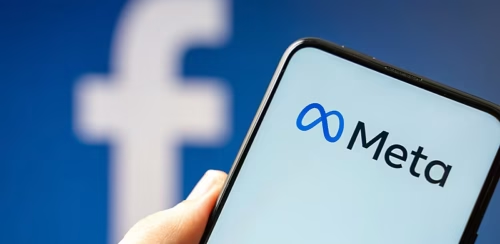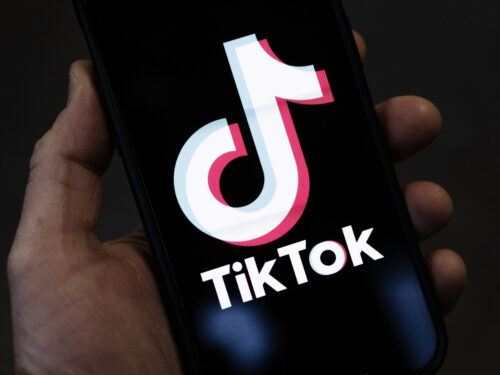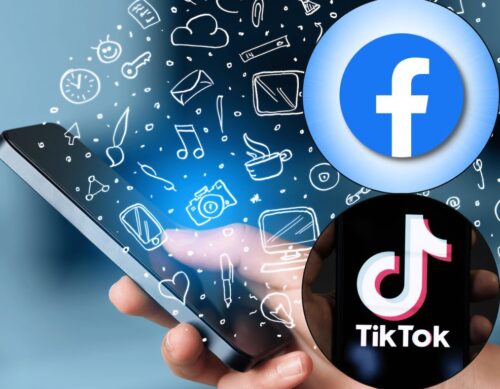
Nigeria’s domestic internet traffic has reached an outstanding peak of 1 terabit per second (Tbps), a landmark achievement reflecting the country’s rapid digital transformation and the growing dominance of video streaming services. This milestone, recorded in March 2024, marks the highest level of data exchange ever processed through the Internet Exchange Point of Nigeria (IXPN) since its establishment in 2007.
The achievement emphasizes Nigeria’s position as Africa’s second-largest internet exchange hub, trailing only South Africa, which manages over 4 Tbps. The growth is primarily fueled by increased local consumption of high-bandwidth video content on platforms such as YouTube, TikTok, and Facebook.
According to Muhammed Rudman, Chief Executive Officer of IXPN, this level of bandwidth usage illustrates the scale of Nigeria’s digital engagement. “One terabit per second is enough for a million people to hold simultaneous video calls or 200,000 people to stream HD videos concurrently,” Rudman said during an industry event held on April 22, 2025. “Without a local internet exchange point, this volume of data would have been routed internationally, leading to higher costs and slower connectivity.”
Before IXPN became fully operational in 2007, Nigerian internet service providers relied heavily on international submarine cables like SAT-3 and satellite links, resulting in high latency and elevated costs. Early traffic levels were modest (just 5 to 10 megabits per second) due to the lack of local routing infrastructure.
A pivotal turning point came in 2011, when Google established a peering agreement with IXPN. This development increased local traffic exponentially, from under 20 Mbps to over 120 Mbps within a year, and up to 600 Mbps by 2013. Traffic continued its upward trajectory, reaching 126 Gbps by 2019, and surging to 900 Gbps by the end of 2024, before surpassing the 1 Tbps mark in 2025.
The surge in traffic is closely tied to the explosion in video content consumption. As of early 2025, Nigeria hosts 38.7 million Facebook users, 37.4 million TikTok users and 27 million YouTube users.

In October 2024, YouTube reported a 55% year-on-year growth in viewership among Nigerians aged 18 and above, reaching more than 30 million users. TikTok and Facebook have witnessed similar upward trends. Most of this traffic is now efficiently handled within Nigeria via IXPN.
Nigeria’s growing digital capacity is also driven by investments in local data centers and strategic peering arrangements with global tech leaders like Amazon, Microsoft, Netflix, Facebook (Meta), Google, TikTok, and Starlink. These companies now exchange a significant portion of their data locally (ranging from 10% to 70%) reducing dependence on upstream international providers.
Rudman explained the cost-saving implications: “If an internet service provider has 1,000 users consuming 1 Gbps of data, and 700 Mbps is routed locally through IXPN, the cost is significantly lower compared to sending the entire traffic internationally.”
This localized model enhances internet speed, reduces latency, and improves affordability, delivering widespread benefits to users and providers alike.
As Nigeria continues to scale its digital infrastructure, the IXPN milestone reflects a broader shift toward self-reliance and improved connectivity. With video consumption expected to keep rising and global platforms deepening their local presence, Nigeria’s internet landscape is poised for even more transformative growth in the years ahead.



